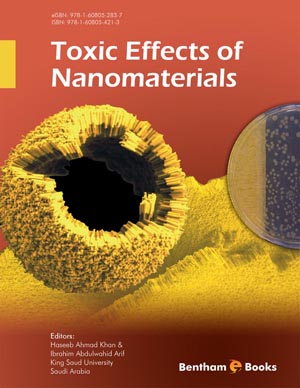Abstract
Due to the hopeful potential of nanoparticles in medicine, they have attracted much attention for various applications such as targeted drug/gene delivery, separation or imaging. Interaction of NPs with the biological environment can lead to a wide range of cellular responses. In order to have safe NPs for biomedical applications, the current biocompatibility researches are particularly focused on the severe toxic mechanisms which cause cells death. These mechanisms are apoptosis, autophagy and necrosis, which can also be intricately linked with the cell-life cycle, as there are various check-points and controls in a cell’s life cycle to ensure appropriate division processes. Mechanisms by which toxicants induce cell death by necrosis and apoptosis have been the focus of many biomedical disciplines because it helps us understand toxicity but also provides opportunities for drugs to impact on dysregulation of the cell cycle in diseases such as cancer. Among various types of NPs, the superparamagnetic iron oxide nanoparticles (SPION) are recognized as powerful biocompatible materials for multi-task nanomedicine applications such as drug delivery, magnetic resonance imaging, cell/protein separation, hyperthermia and transfection. This chapter presents overview of the effect of SPION on the cell life cycle.
Keywords:
Superparamagnetic iron oxide nanoparticles, Cell cycle, TUNEL assay, Protein absorption, Polyethylene glycol fumarate, Polyvinyl alcohol, Propidium iodide, Phosphate buffer saline, Fetal bovine serum, MTT assay, Derivative study.


 Download PDF Flyer
Download PDF Flyer